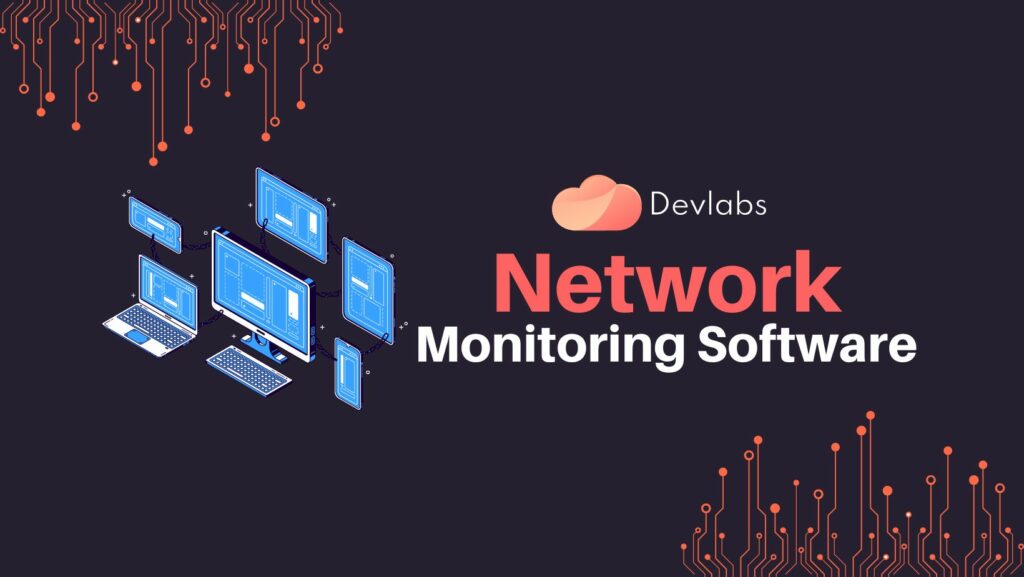Network monitoring software plays a crucial role in maintaining the performance, security, and reliability of computer networks. Whether you are a small business owner or a large enterprise, investing in the right network monitoring software is essential to ensure smooth operations and minimize potential disruptions. This comprehensive guide will walk you through the key factors to consider when choosing the best network monitoring software for your specific needs.
Understanding the Importance of Network Monitoring Software:
Before diving into the selection process, it is important to understand why network monitoring software is crucial for businesses of all sizes. Network monitoring tools enable IT professionals to gain real-time insights into network performance, detect anomalies, troubleshoot issues, and ensure optimal uptime. These software solutions help identify potential bottlenecks, security threats, and unauthorized access attempts, allowing proactive measures to be taken to safeguard the network infrastructure.
Identifying Your Network Monitoring Software Requirements:
The first step in choosing the best network monitoring software is to identify your specific requirements. Consider the size of your network, the number of devices to be monitored, the level of scalability required, and the types of metrics and data you need to track. Some common features to consider include real-time monitoring, alerting capabilities, historical data analysis, customizable dashboards, and support for different network protocols.
Evaluating Scalability and Performance:
As your business grows, so will your network. Therefore, it is vital to choose network monitoring software that can scale along with your requirements. Look for solutions that can handle a growing number of devices, monitor traffic across multiple locations, and support high data volumes without compromising performance. The software should be capable of efficiently handling network traffic, processing data in real-time, and providing timely alerts and reports.
Considering Network Protocol Support:
Different networks operate on various protocols, such as SNMP (Simple Network Management Protocol), ICMP (Internet Control Message Protocol), or WMI (Windows Management Instrumentation). Ensure that the network monitoring software you choose supports the protocols relevant to your network infrastructure. This will allow you to monitor a wide range of devices, including routers, switches, servers, and endpoints, without compatibility issues.
Assessing Alerting and Notification Capabilities:
Timely alerts and notifications are crucial for prompt issue resolution. Look for network monitoring software that offers customizable alerting features, allowing you to define threshold values for specific metrics. The software should be capable of sending alerts via email, SMS, or other communication channels, ensuring that the right personnel are notified immediately when critical issues arise. This enables faster response times and minimizes downtime.
Analyzing Reporting and Visualization Options:
Comprehensive reporting and visualization capabilities are essential for gaining meaningful insights from network monitoring data. The software should provide easy-to-understand dashboards, charts, and graphs to help you analyze network performance trends, identify patterns, and make informed decisions. Look for features such as customizable reports, historical data analysis, and the ability to export data in various formats for further analysis.
Assessing Integration and Compatibility Network Monitoring Software:
Devlabs consider the existing IT infrastructure and systems in your organization. The network monitoring software should integrate seamlessly with your current network management tools, security systems, and other IT solutions. Compatibility with different operating systems and database systems is also important to ensure smooth implementation and minimize disruptions.
Evaluating Ease of Use and User Interface:
Network monitoring software should be user-friendly and intuitive, even for non-technical users. A clean and well-designed user interface makes it easier to navigate through different features, configure settings, and access the information you need. Look for software that provides a centralized management console, drag-and-drop functionality, and contextual help to simplify the monitoring and troubleshooting process.
Choosing the best network monitoring software is a critical decision that can impact the performance, security, and reliability of your network infrastructure. By considering factors such as scalability, protocol support, alerting capabilities, reporting options, integration, and ease of use, you can make an informed choice that aligns with your specific requirements. Remember, investing in a reliable and feature-rich network monitoring solution is an investment in the stability and efficiency of your business operations.
If you wish to contact our specialist in infrastructure services, you can easily reach out to us. Give us a call at +1 832 290 9522 or share your contact details and requirements with us via email at info@devlabsglobal.com. Stay informed about our infrastructure monitoring services by showing your support through liking our Facebook page and following us on Twitter.
Also Read Related Blogs:
- 5 Essential Things to Know About Your Cloud Network Monitoring
- The Importance of Infrastructure Monitoring Services – Ensuring Network and Cloud Performance
- Optimizing Business Operations with IT Infrastructure Management Services
- What Is Cloud Migration Services? Strategy, Processes, Benefits & Risks


